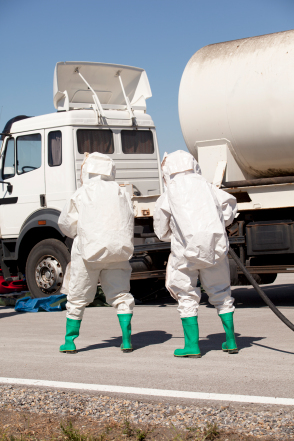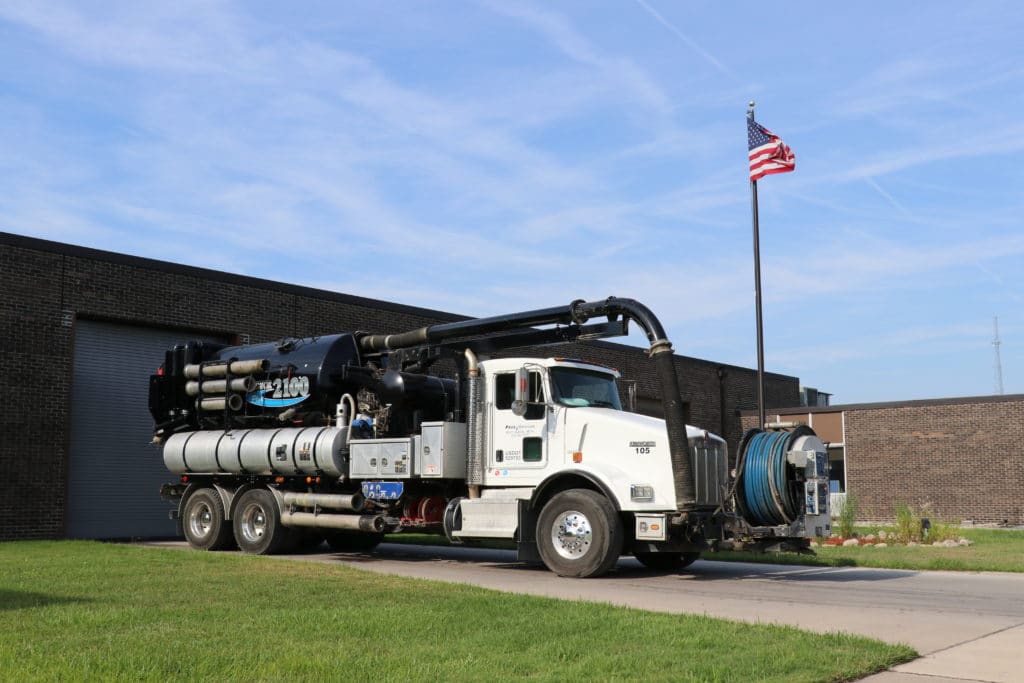Industrial Wastewater Treatment: Custom Solutions for Facility Wastewater Obstacles
Industrial Wastewater Treatment: Custom Solutions for Facility Wastewater Obstacles
Blog Article
How Liquid Garbage Disposal Works: A Thorough Review of Strategies and Technologies Utilized

Introduction of Fluid Waste Types
The intricacy of fluid waste kinds requires a comprehensive understanding of their characteristics and implications for disposal. Fluid waste can extensively be classified right into several types, including industrial, metropolitan, farming, and contaminated materials. Each classification shows unique residential or commercial properties, needing particular administration techniques to reduce ecological and wellness dangers.
Industrial liquid waste originates from manufacturing processes and frequently contains a variety of impurities, such as heavy steels, solvents, and natural compounds. Municipal liquid waste, mostly comprising wastewater from homes and commercial facilities, has natural matter, nutrients, and virus (industrial wastewater treatment). Agricultural liquid waste, including drainage from farms, might contain plant foods, pesticides, and pet waste, presenting risks to water quality and communities
Dangerous fluid waste is characterized by its toxicity, reactivity, or possible to trigger injury. Comprehending these diverse fluid waste types is critical for creating effective disposal methods and making certain conformity with ecological guidelines.
Physical Therapy Approaches

Screening is the first action, where bigger particles and debris are eliminated from the liquid waste using displays or grates. In sedimentation containers, heavier fragments settle at the base, creating a sludge layer, while the cleared up liquid can be more dealt with.
Filtration is another vital method that includes passing the liquid with permeable materials, such as sand or membranes, to catch smaller sized fragments. This action boosts the top quality of the liquid, making it ideal for succeeding treatment procedures.

Chemical Treatment Methods
Chemical therapy strategies are essential for effectively managing fluid waste, specifically in addressing liquified and colloidal contaminants that physical approaches may not adequately get rid of. These methods make use of different chemical representatives to neutralize, precipitate, or change unsafe substances right into much less damaging kinds.
One usual approach is coagulation and flocculation, where chemicals such as alum or ferric chloride are contributed to promote the aggregation of put on hold bits. This procedure improves sedimentation, enabling less complicated elimination of click here to find out more the resulting sludge. In addition, oxidation procedures, employing representatives like chlorine or ozone, are used to break down intricate natural substances and virus, providing the waste safer for discharge or additional therapy.
Neutralization is another critical strategy, which adjusts the pH of acidic or alkaline waste streams to neutral levels, stopping possible injury to downstream systems and the environment. Moreover, progressed oxidation processes (AOPs) utilize mixes of oxidants and ultraviolet light to degrade persistent pollutants, achieving a greater level of therapy performance.
Biological Treatment Processes
Biological therapy procedures play over at this website an important duty in the management of fluid waste by using bacteria to break down raw material and decrease contaminant levels. These procedures can be extensively categorized right into cardiovascular and anaerobic treatments, each employing specific microbial areas to achieve reliable waste degradation.
Cardiovascular treatment includes the usage of oxygen to help with the breakdown of organic products by bacteria. This process is commonly implemented in activated sludge systems, where oygenation tanks offer a conducive atmosphere for microbial development, causing the oxidation of natural pollutants. The resultant biomass can be divided from dealt with effluent via sedimentation.
On the other hand, anaerobic therapy takes place in the absence of oxygen, counting on different microorganisms to break down natural matter. This technique is particularly beneficial for high-strength waste, as it generates biogas, a renewable resource source, while minimizing sludge production. Technologies such as anaerobic digesters are regularly employed in commercial and municipal applications.
Both cardio and anaerobic organic treatments not only lessen the environmental effect of fluid waste however also facilitate source recovery, making them vital components of lasting waste monitoring techniques. Their effectiveness, versatility, and efficiency support their prevalent implementation across different industries.
Arising Technologies in Disposal
Cutting-edge approaches to fluid waste disposal are quickly evolving, driven by improvements in innovation and a raising focus on sustainability. Among these emerging modern technologies, membrane layer bioreactors (MBRs) have acquired grip for their ability to combine biological therapy with membrane filtration, resulting in high-grade effluent that can be recycled in different applications. MBRs allow smaller impacts and more effective procedures contrasted to standard systems.
One more encouraging advancement is the usage of anaerobic digestion incorporated with nutrient recuperation technologies, which not just treats fluid waste however likewise produces biogas and recoups useful nutrients like nitrogen and phosphorus. This twin advantage boosts resource effectiveness and minimizes ecological effect.
Furthermore, advanced oxidation procedures (AOPs) are being adopted for the degradation of complicated organic contaminants. These approaches utilize effective oxidants and catalysts to damage down contaminants at the molecular level, offering a highly efficient remedy for difficult waste streams.
Additionally, the assimilation of expert system and equipment learning in waste administration systems is enhancing functional performance and predictive upkeep, causing decreased prices and improved ecological compliance. These innovations reflect a substantial change in the direction of even more efficient and lasting liquid waste disposal practices.
Verdict
Finally, reliable fluid waste disposal requires a detailed understanding of various techniques and innovations. The assimilation of physical, chemical, and biological therapy methods makes sure the reliable monitoring of diverse waste types. Furthermore, the development of cutting-edge modern technologies enhances treatment efficiency and promotes sustainability in waste management practices. By constantly progressing these techniques, it comes to be possible to address the growing difficulties connected with liquid waste, inevitably adding to ecological security and source recovery.
Fluid waste disposal is an important aspect of environmental management, calling click here to read for a thorough understanding of different techniques and modern technologies customized to different waste types. Liquid waste can extensively be categorized into a number of types, consisting of commercial, metropolitan, agricultural, and unsafe waste. Agricultural liquid waste, including drainage from ranches, might have fertilizers, pesticides, and pet waste, posing dangers to water quality and ecological communities.
Different physical therapy methods play an essential role in handling liquid waste effectively - industrial wastewater treatment.In final thought, reliable fluid waste disposal demands an extensive understanding of various methods and innovations
Report this page